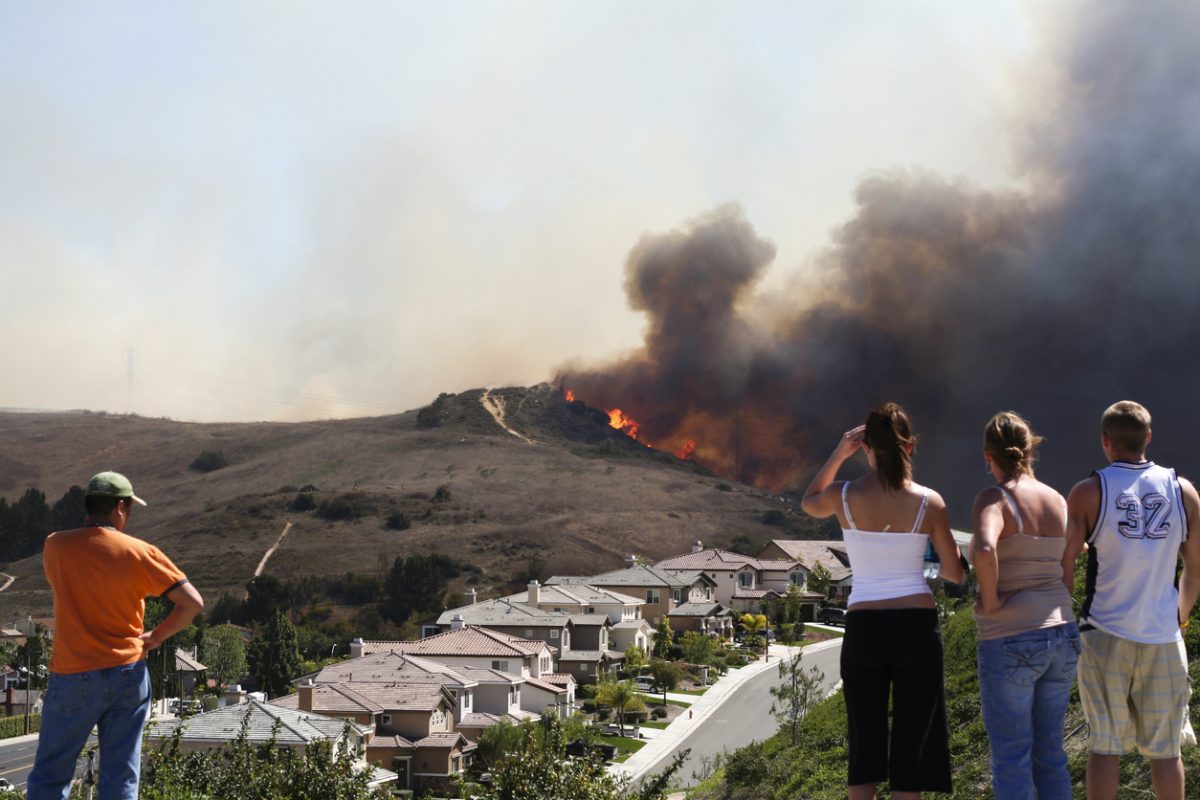

The Intersection of Suicide and Viral Outbreaks
In the United States, suicide fatality is the 10th leading cause of death.1 It has been well established that age greater than 75 years is a dominant risk factor for suicide.1 However, there is limited literature on the rates of suicide during viral outbreaks, such as the current coronavirus disease 2019 (COVID-19) pandemic. We review literature on this topic to analyze the association between past viral outbreaks with suicidality in the elderly to highlight current and future challenges our patients may face in response to the COVID-19 pandemic.
We searched PubMed with the MeSH term suicide AND (covid OR coronavirus OR sars OR ebola OR lassa). The initial search resulted in 21 articles; 17 articles were excluded as they did not comment on this topic, and 1 article was excluded as there was no English-language version available. To formulate elements of introduction and discussions on this topic, we have included other literature on suicidality, which will be cited separately from the 3 articles2-4 that resulted from the search.
The epidemic of severe acute respiratory syndrome(SARS) hit Hong Kong in 2003 affecting 1,755 individuals, including 300 deaths. In the same year, the suicide rate among older adults increased 31.7% from the previous year—older women were most impacted.2,3 Chan et al2 found an increase in suicide rates of adult females 65 years and older during the peak of the SARS epidemic compared to previous years. However, there was no association found with elderly men or younger and middle-aged adults.2,3
There are several psychosocial factors that could have increased suicide rates during the SARS epidemic. For example, the element of uncertainty was increased during this time, which could have induced or exacerbated worry and anxiety. Older adults in particular were susceptible to SARS and therefore had increased fear of contracting the virus.2,4 During the SARS epidemic, the unemployment rate increased to 8% and there was significant loss in economic activity,3 which are both known risk factors for suicide.5
Additionally, the outbreak overloaded the health care system leading to resources being channeled to the epidemic crisis at the expense of nonessential health services. Limited access to health care resources can cause negative impacts on older adults who tend to rely more on health care services. The higher suicide rates among women in this age group could be related to greater susceptibility to disruption of established psychogeriatric services compared to men. In contrast to older adults, younger and middle-aged adults appeared to be less vulnerable to the psychosocial impacts of the epidemic. These younger populations tended to have better physical health and lower perceived danger from SARS.2
Furthermore, limited social connectedness is associated with suicide in older adults. Older individuals are especially sensitive to loneliness and isolation.6 Disruptions of social networks during an epidemic can lead to further social disconnect in older adults. During the current COVID-19 pandemic, social contact is at a minimum with social distancing being practiced around the globe. Like SARS, older adults are speculated to have increased risk of contracting COVID-19 compared to the general population and are advised to stay home and limit social contacts.2 The weakening of social networks may cause feelings of worthlessness and low sense of belonging.
The COVID-19 pandemic in the United States has significant parallels to the SARS epidemic in Hong Kong. COVID-19 has also caused social and economic adversities in daily life through increased unemployment and social isolation, and the elderly are disproportionately affected. It is vital for us to recognize that our geriatric patients may be at significantly increased risk for suicide during this pandemic.
Received: April 20, 2020.
Published online: May 14, 2020.
Potential conflicts of interest: None.
Funding/support: None.
REFERENCES
1.Han B, Kott PS, Hughes A, et al. Estimating the rates of deaths by suicide among adults who attempt suicide in the United States. J Psychiatr Res. 2016;77:125-133. PubMed CrossRef
2.Chan SM, Chiu FK, Lam CW, et al. Elderly suicide and the 2003 SARS epidemic in Hong Kong. Int J Geriatr Psychiatry. 2006;21(2):113-118. PubMed CrossRef
3.Cheung YT, Chau PH, Yip PS. A revisit on older adults suicides and severe acute respiratory syndrome (SARS) epidemic in Hong Kong. Int J Geriatr Psychiatry. 2008;23(12):1231-1238. PubMed CrossRef
4.Yip PS, Cheung YT, Chau PH, et al. The impact of epidemic outbreak: the case of severe acute respiratory syndrome (SARS) and suicide among older adults in Hong Kong. Crisis. 2010;31(2):86-92. PubMed CrossRef
5.Merzagora I, Mugellini G, Amadasi A, et al. Suicide risk and the economic crisis: an exploratory analysis of the case of Milan. PLoS One. 2016;11(12):e0166244. PubMed CrossRef
6.Conejero I, Olié E, Courtet P, et al. Suicide in older adults: current perspectives. Clin Interv Aging. 2018;13:691-699. PubMed CrossRef
aDepartment of Psychiatry, Henry Ford Hospital/Wayne State University, Detroit, Michigan
*Corresponding author: Mohan Gautam, DO, MS, Henry Ford Hospital/Wayne State University, 2799 W Grand Blvd, Detroit, MI 48202 ([email protected]).
Prim Care Companion CNS Disord 2020;22(3):20com02643
To cite: Khan A, Gautam M, Chawa M, et al. The intersection of suicide and viral outbreaks. Prim Care Companion CNS Disord. 2020;22(3):20com02643.
To share: https://doi.org/10.4088/PCC.20com02643
© Copyright 2020 Physicians Postgraduate Press, Inc.
Please sign in or purchase this PDF for $40.00.



